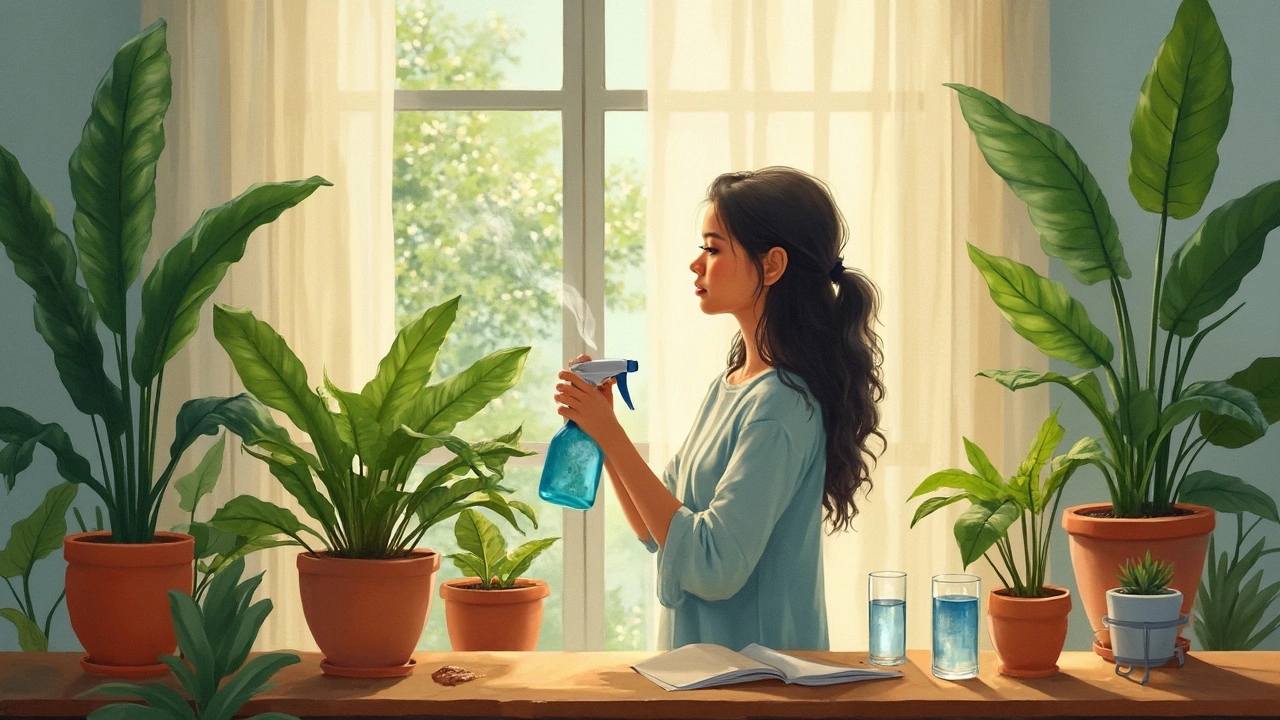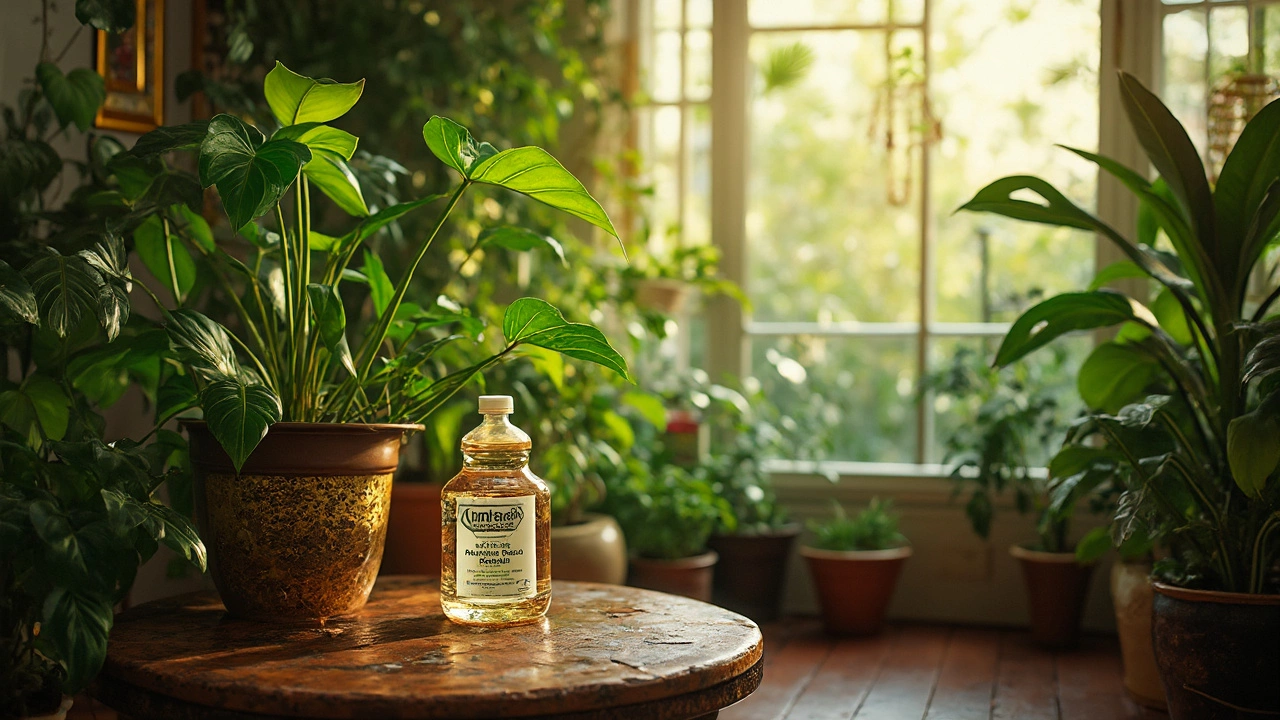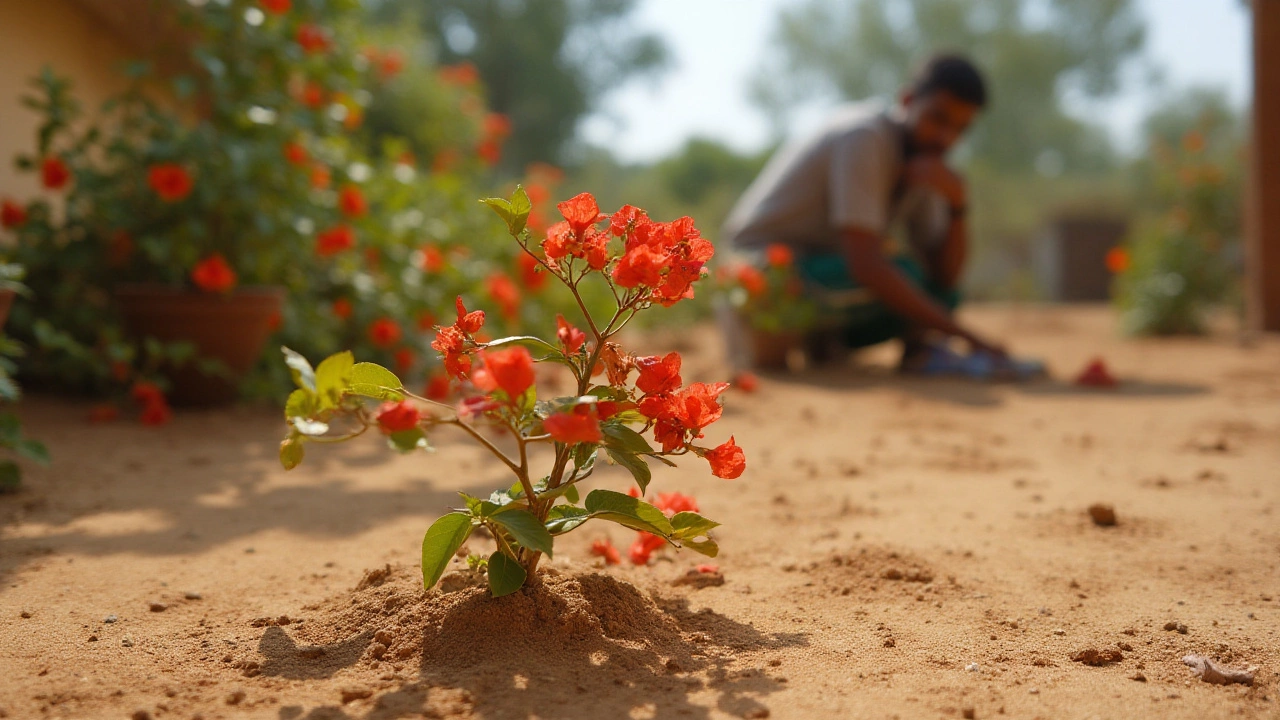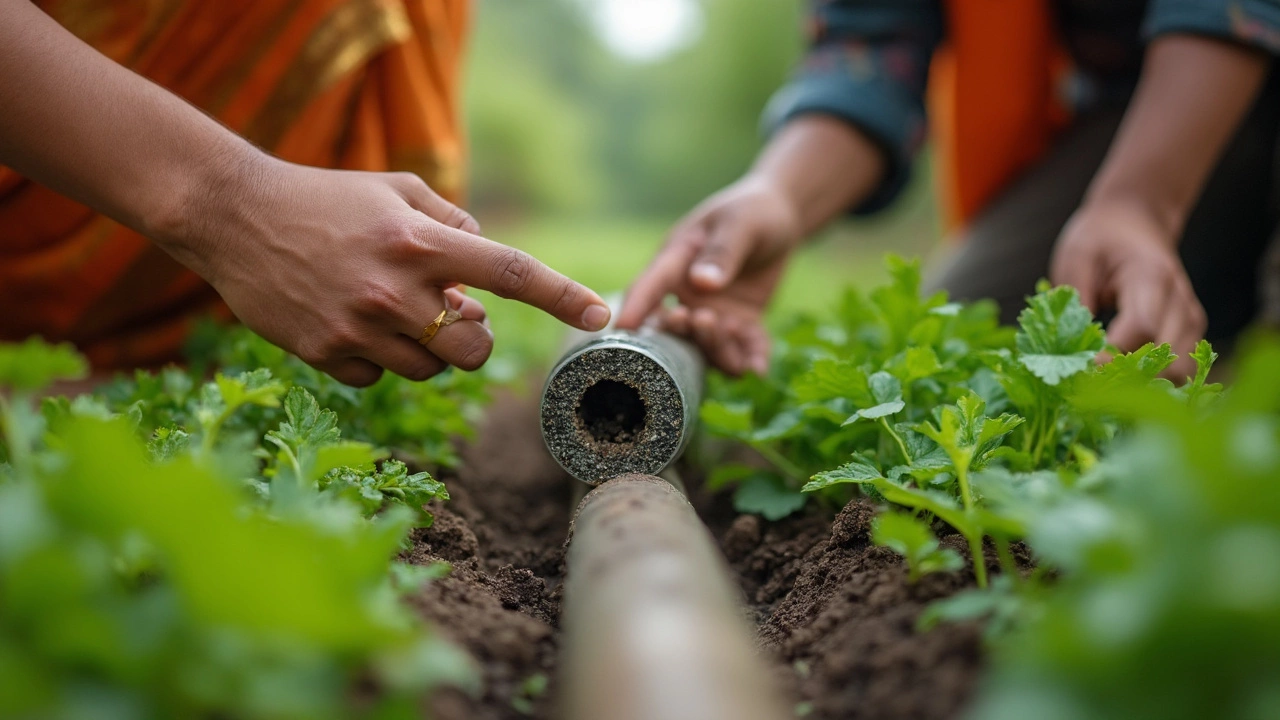Indoor Plants: Care, Water, and Common Issues
When working with Indoor Plants, plants grown inside homes, offices, or any indoor space. Also known as houseplants, they improve air quality, reduce stress, and add a splash of green to everyday life.
One of the first questions every indoor gardener asks is whether the water from the tap is safe to use. Tap Water, municipal water that may contain chlorine, fluoride, and mineral salts. It’s convenient, but those additives can stress sensitive foliage. Understanding Water Quality, the chemical and physical makeup of water used for irrigation helps you decide if you need to let water sit, filter it, or add a small amount of rainwater. Good water quality reduces the risk of leaf burn, yellowing, and the dreaded root rot that many indoor growers fear.
Root rot is more than an eyesore; it’s a disease caused by excess moisture and poor aeration in the soil. Root Rot, a condition where plant roots decay due to fungal growth and waterlogged soil. Treating it early with a mild hydrogen peroxide solution can revive struggling roots, but prevention starts with proper watering practices. Speaking of moisture, misting plays a unique role in raising humidity around foliage. Misting, the act of spraying water droplets on leaves to increase ambient humidity benefits tropical indoor plants that thrive in damp air, yet using untreated tap water for misting can leave mineral spots on leaves.
Key Factors for Healthy indoor plants
Putting these pieces together, you’ll see that indoor plants encompass water choice, water quality, disease management, and humidity control. They require the right balance of nutrients and oxygen, so every drop you pour matters. From the tap to the mist, each step influences plant vigor. Below you’ll find articles that dive deeper into each of these topics, offering simple tests, step‑by‑step remedies, and quick hacks to keep your indoor garden thriving.
Is Tap Water OK for Plants? Know What You're Pouring
Ever wondered if your tap water is hurting your indoor plants? This article breaks down what’s really in that glass you pour for your leafy friends and how it can affect them. Get practical tips for making tap water safer for your greens, learn about the minerals and chemicals that could stress your plants, and pick up hacks for when bottled water just isn’t an option. If you love houseplants and want them to thrive, you’ll want to know the real deal about tap water.
Can I Mist Plants with Tap Water? What Every Indoor Gardener Needs to Know
Misting is a go-to trick for boosting humidity around indoor plants, but is tap water safe to use? This article breaks down what really happens when you spray your plants with tap water, spotlighting what’s in it and how different plants might react. You’ll get straight-up answers plus useful tips on making your misting routine safer and more effective. Ever wondered if you should be worried about tap water stains or leaf damage? Or which plants really benefit from misting? Here’s the real dirt—so you don’t accidentally harm your green buddies.
Does Hydrogen Peroxide Help Root Rot?
Root rot can be a nightmare for indoor plant enthusiasts, leaving once-vibrant greenery wilted and sad. Many home gardeners swear by hydrogen peroxide as a remedy. This article examines how hydrogen peroxide can combat root rot, how it works, its application methods, and precautions to ensure your plants thrive. Discover if this common household item really holds the key to healthier roots.
- manufacturing
- India
- food processing
- garden tips
- rice cultivation
- government schemes
- balcony garden
- urban gardening
- balcony gardening
- profitable business
- business ideas
- plastic manufacturing
- drip irrigation
- plant care
- steel manufacturing
- sustainable gardening
- startup ideas
- steel industry
- flower gardening
- textile manufacturers








